Amaryllis is a decorative flowering culture born in South Africa, which for many years has been popular among domestic florists and flower growers. Amaryllis will be able to grow even a novice florist, since the flower feels good at home and is not particularly whimsical, and caring for it does not take much time and effort.
The genus Amaryllis is monotypic and is represented by only one species of plant. However, the flower is often confused with representatives of the genus Hippeastrum, mistakenly attributing them to a variety of amaryllis. But, despite all the external similarity of these plants, it is impossible to attribute them to one genus. Dense amaryllis flowers exude a rather pleasant delicate aroma, unlike hollow hippeastrum buds.
Content
Amaryllis characterization and species diversity
Amaryllis is a monotypic genus of perennial bulbous plants belonging to the Amaryllis family. The only representative of the genus is Amaryllis Belladonna, or the Beautiful. The underground part of the plant is represented by a pear-shaped bulb, consisting of a large number of scales. The diameter of the bulb can range from 6 to 12 cm. The fibrous roots are located on the lower part of the bulb.
Dense and narrow leafy plates of the flower are arranged in 2 rows, growing directly from the bulb. The length of saturated green leaves can reach half a meter, while their width rarely reaches even 2.5 cm. The smooth peduncle, represented by a bare stem, grows from the center of the bulb. As can be seen in the photo, one peduncle can carry from 2 to 11 funnel-shaped buds, consisting of 6 elongated petals.
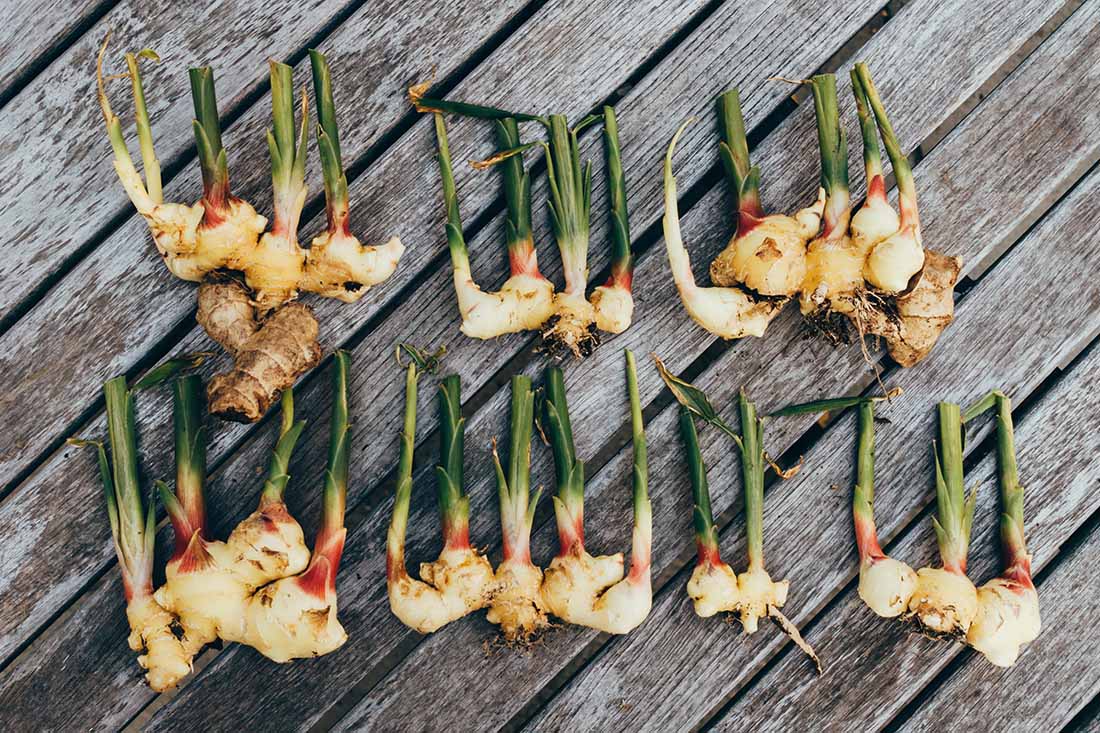 You may be interested in:
You may be interested in:The diameter of the flowers can reach 12 cm. In the natural habitat, you can find amaryllis with white or pink flowers that exude a pleasant unobtrusive aroma. However, thanks to the hard work of breeders based on Amaryllis the Perfect, several varieties with a wide variety of colors were bred.
The most popular varieties of amaryllis include:
- Durban. This variety is distinguished by large red inflorescences with whitish stains at the base.
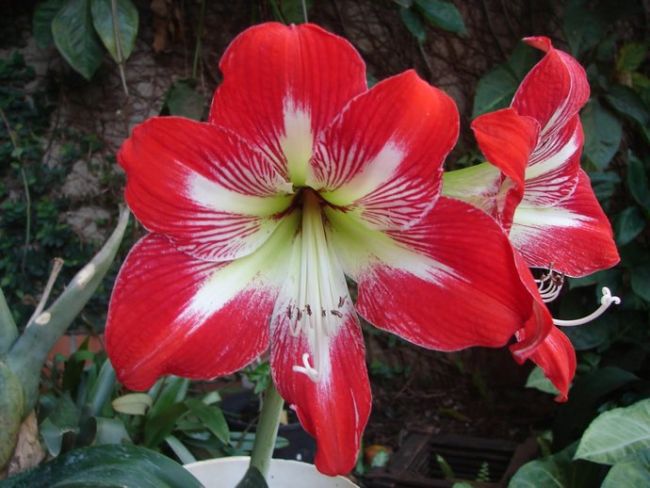
Durban - Parker. Parker amaryllis petals are bright pink, but a yellow pharynx can be seen at their base.
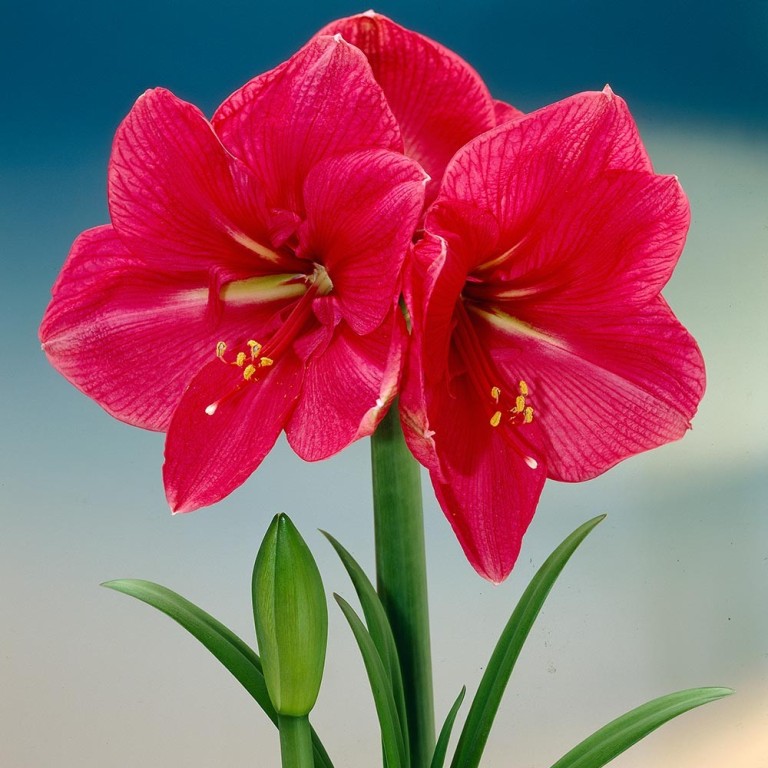
Parker - Terry nymph. The variety stands out for its terry flowers, painted in pale pink.
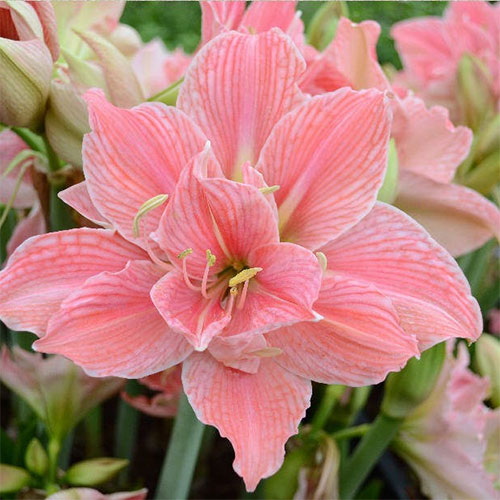
Terry Nymph - The Snow Queen. Large-flowered variety, whose white flowers are covered with a light glossy coating.
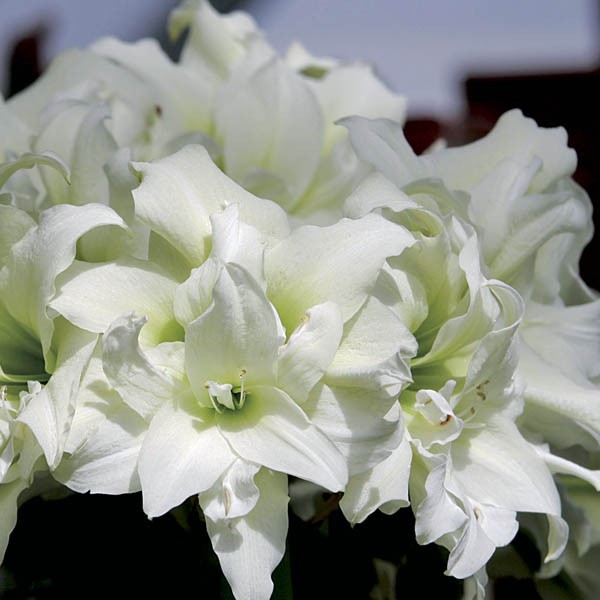
The Snow Queen - Red lion. It is one of the most popular varieties of amaryllis. Saturated red medium-sized buds appear on the leathery peduncles during flowering.
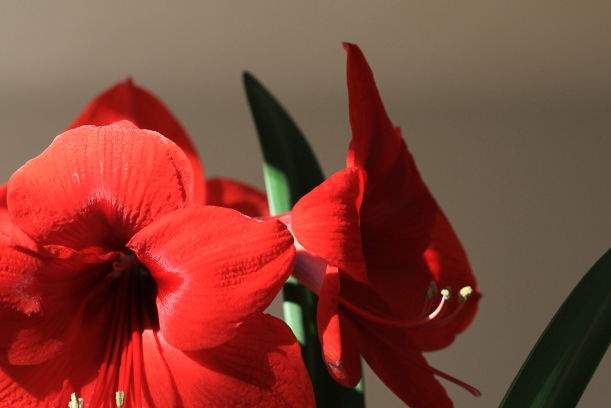
Red lion
There are many varieties of amaryllis, which differ among themselves not only in the color of the flowers, but also in their shape. Breeders try to breed as many interesting varieties as possible with large variegated flowers.
Caring for amaryllis at home, secrets and difficulties
Caring for amaryllis is not difficult, observing the basic recommendations of agricultural technology will allow each grower to grow a healthy flowering plant at home.
Lighting
Amaryllis is a photophilous decorative culture that needs good lighting. However, it is impossible to allow direct sunlight to hit the ground part of the flower, this can cause burns.
The flower has a pronounced dormant period, which lasts from December to April, at this moment only its underground part remains from the plant. The bulb does not need lighting, therefore, during the period of sleep, the plant is recommended to rearrange in a dark place.
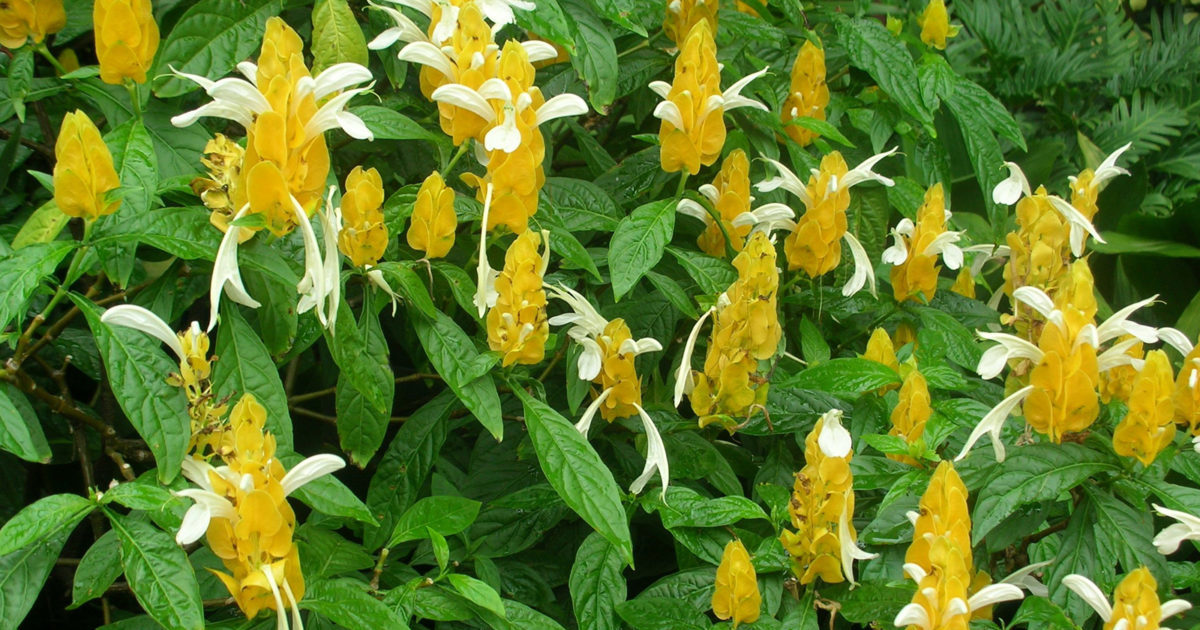 You may be interested in:
You may be interested in:Temperature and humidity
The average room temperature in the range of 18-25 ° C, is optimal for the content of the flower. After the appearance of inflorescences, the plant can be placed in a room in which the temperature does not rise above 20 ° C. Such a manipulation will extend the flowering period. For growing amaryllis, average air humidity values are quite suitable.
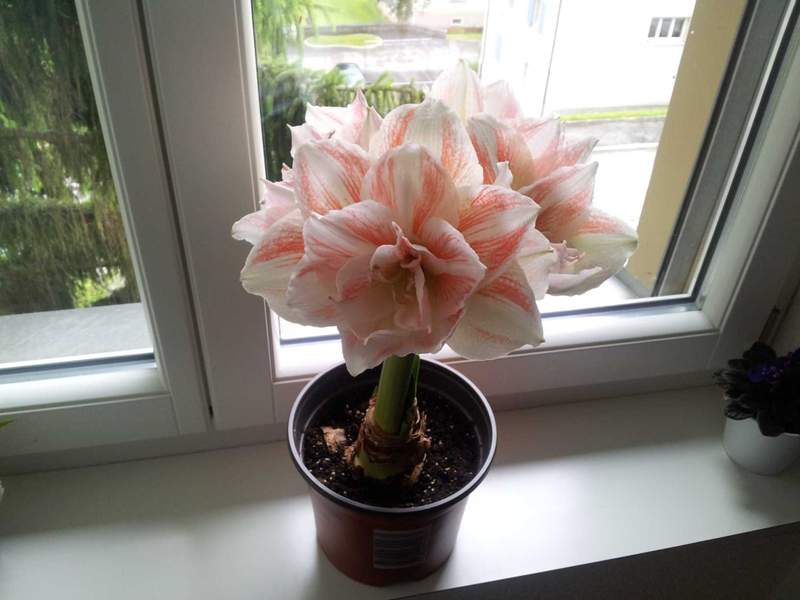
It is also not recommended to spray the foliage of the flower, it is enough to periodically wipe it with a damp soft cloth. In case of extreme heat, a pallet filled with wet expanded clay can be placed nearby. After dropping the leaves, it is recommended that the pot with the bulb be placed in a cool and dry room, the air temperature in which is in the range of 10-12 ° C.
Watering and feeding
During the period of active vegetation, the plant needs uniform regular watering. The earthen lump should always remain slightly moist. For watering, it is recommended to use soft water at room temperature. It is best to water through a pan, since a large amount of moisture on the bulb can cause it to rot.
In spring and summer, the flower needs additional nutrients. As a top dressing, it is recommended to use liquid fertilizers for bulbous plants. It is necessary to deposit the agent at intervals of 1 time in 10-14 days.
Pruning and pinching
Many flower growers mistakenly believe that flower stalks need to be cut immediately after the death of the flowers. In fact, pruning can only be done after the peduncle changes its green color to yellow and loses its density.
Such late pruning allows the bulb to absorb all the nutrients contained in the leaf blades and peduncle of the plant. By trimming the arrow during the opening of the first bud, a new one can be stimulated. The cut arrow can be put in a container of water, where it will delight with its flowering from 2 to 3 weeks.
Winter preparations
Flowering depletes the plant and takes a lot of energy, which later restores the period of sleep. The absence of a normal dormant period interferes with the growth of the plant and negatively affects the quality of its flowering. The depleted bulb is the main reason for the lack of peduncles.
To prepare the plant for winter, after flowering, it is necessary to reduce the frequency and abundance of watering. Fertilize the plant at this time is not worth it. After complete withering of the peduncle and leaves, they must be completely cut off, leaving only the bulb in the pot. The onion container must be placed in a cool, dry place. Being in hibernation, the bulb does not need lighting.
Diseases and Pests
Improper care reduces the protective function of the flower and leads to the appearance of various diseases and the attack of pests:
- Excessive watering and too humid indoor air can cause Fusarium infection of the plant. The disease leads to rotting of the bulb, which manifests itself in the form of wilting and yellowing of the leaves. Removing rotten areas and treating with antifungal drugs will help the plant cope with the disease. After processing, the flower must be transplanted into new soil.
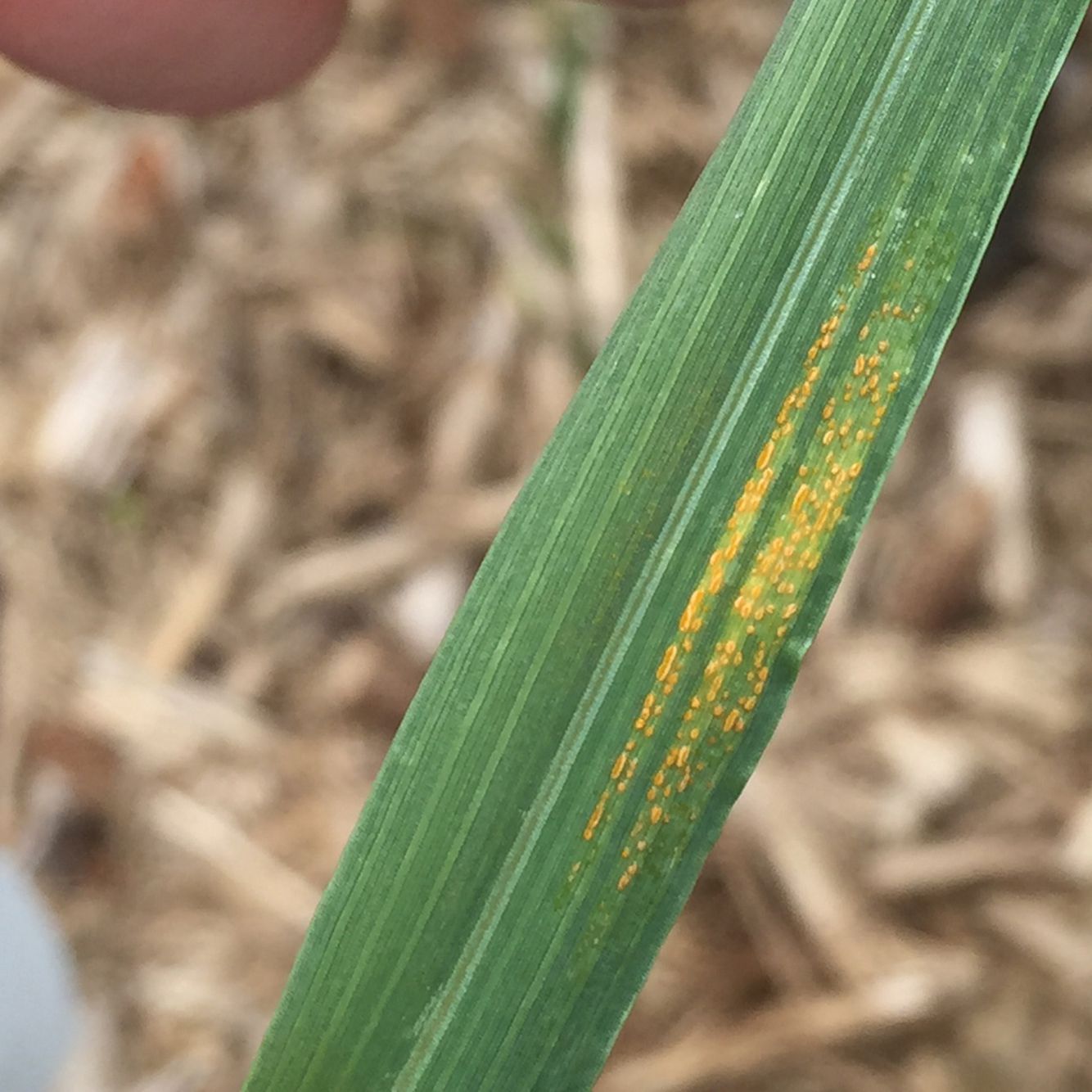
Fusarium - The appearance of brown streaks on the leaves suggests that the flower is affected by anthracnose. Treatment of the disease includes treatment with antifungal drugs and transplantation into fresh soil.
- The plant is also susceptible to attack by various harmful insects, namely an onion tick, pseudoscutis and worm. You can get rid of false shields and worms by treating the soil with insecticides, acaricides are needed to control the tick.
Plant care during and after flowering
Under optimal conditions, amaryllis blooms 2-3 months after planting the bulb, and a healthy bulb is able to maintain flowering for up to 3 consecutive weeks. A flowering plant requires more careful care, since the appearance of a peduncle and the maintenance of flowering takes a lot of energy:
- The flower needs regular plentiful watering and good lighting, otherwise its buds will be faded and quickly wilted. However, moisture must not be allowed to get on the inflorescences, therefore it is best to water through a tray.
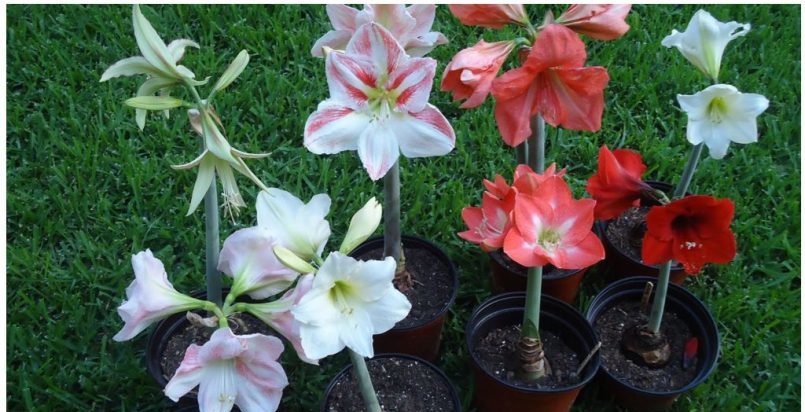
Regular feeding with a frequency of once every 14 days will also favorably affect the flowering time and will not allow the bulb to deplete. - Blooming amaryllis is recommended to be kept at a temperature in the range from 18 to 20 ° C. Such a temperature regime will extend flowering. However, it should be borne in mind that with a decrease in temperature, the amount of light that the flower receives should also decrease.
- Bulbs are capable of simultaneously producing several arrows, one of which growers recommend cutting off immediately after the opening of the first bud. This manipulation allows you to protect the bulb from depletion.
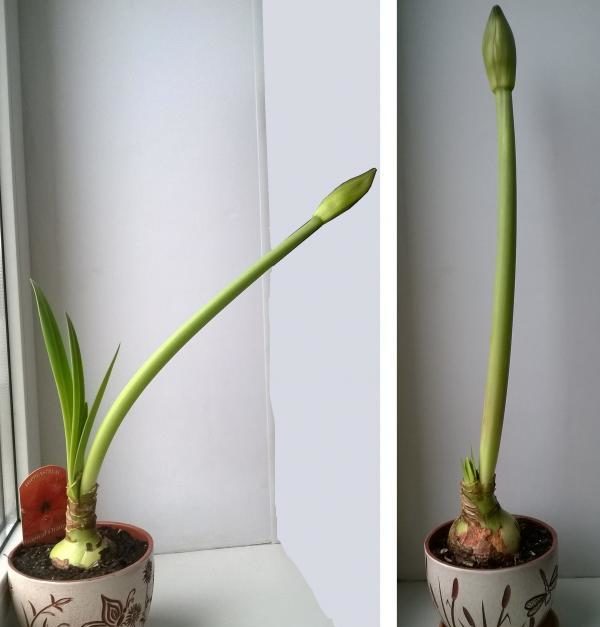
In addition, the cut inflorescence will blossom even when in a container of water. - After flowering, it is recommended to minimize the amount of watering and stop fertilizing. It is impossible to prune the peduncle immediately, otherwise the bulb will not have time to absorb from it all the nutrients that it needs for wintering. The end of the flowering period suggests that the amaryllis needs to be restored.
- Transferring the bulb to a dark and cool room, the temperature in which does not fall below 10 ° C, will allow it to regain strength for the next flowering.
Why amaryllis does not bloom, but only leaves leaves
Quite often, flower growers encounter a problem when their amaryllis does not bloom, and having a healthy appearance and normally developing, only releases leaves. The main reason that the plant does not form peduncles is inadequate care and inappropriate conditions of detention.
It is important to familiarize yourself with the common mistakes that lead to a lack of flowering, and ways to correct them:
| Cause | Decision |
|---|---|
| Bad light | Move the culture to a more lit place. An excellent choice would be the eastern or western window sills. |
| Soil nutrient deficiency | Do not forget to feed the soil with liquid fertilizers for bulbous ornamental crops. |
| Dense soil that interferes with normal root growth | Transplant the bulb into a looser earthen substrate. |
| Low room temperature that inhibits crop growth | Keep the flower indoors, where the air temperature does not drop below 20 ° C. |
| A small pot, the entire space of which was filled with bulbous children. | Seed young onions in separate containers. |
| Lukice was not provided with rest | Let the bulb rest in a cold and dark place. |
| The bulb is too submerged in the soil. | Transplant the bulb, following all the rules of planting. |
| The plant is affected by diseases or pests. | Inspect the culture regularly for diseases and pests. |
Growing and transplanting amaryllis at home
Amaryllis propagates in several ways: seeds and bulb children:
- Growing amaryllis from seeds is a rather long and laborious process, and a plant obtained from seeds will bloom only after 5 years. To obtain seeds, the plant must be pollinated manually with a conventional brush. Seeds are localized in a box and collected only after it dries. Fresh seeds are sown in a nutritious and loose substrate, and a container with seedlings is placed in a warm and well-lit place.
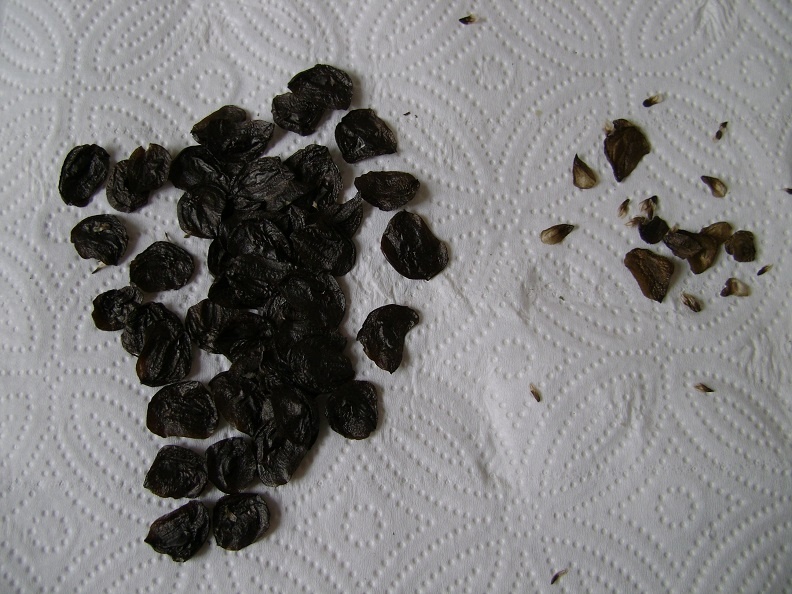
Amaryllis Seeds - Reproduction with the help of children is a quick and reliable way to get a new flower. Children appear exclusively in a healthy and mature mother plant. Immediately after separation, the children sit in small containers filled with sand-perlite mixture for growing. Fortified bulbs are transplanted into permanent soil. With proper care, after 2-3 years, a plant grown from children will be able to bloom.
The plant does not need a private transplant. It is enough to transplant the flower into a new container 1 time in 2-4 years. But to carry out a partial replacement of the soil is better annually. It is recommended to carry out the transplant procedure 3-4 weeks after the end of flowering.
The transplant is performed in the following sequence:
- At the bottom of a previously prepared pot, 2-3 cm of the drainage layer is laid out. Expanded clay, crushed stone, small pebbles or broken shards can be used as drainage.
- A soil mixture consisting of turf, leaf soil, peat, humus and sand, taken in equal amounts, is poured over the drainage.
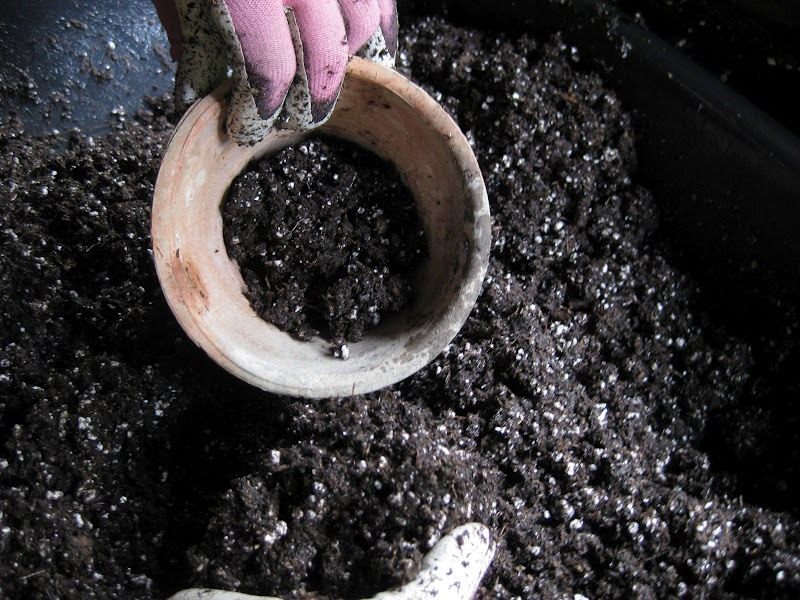
Landing soil - The flower is carefully removed from the old container and examined for damage and illness. If necessary, damaged areas of the bulb are removed, and the sections are treated with antifungal drugs.
- Planting material is immersed in a weak solution of potassium permanganate for a quarter of an hour and dried.
- The bulb 2/3 plunges into the ground with a blunt end down.
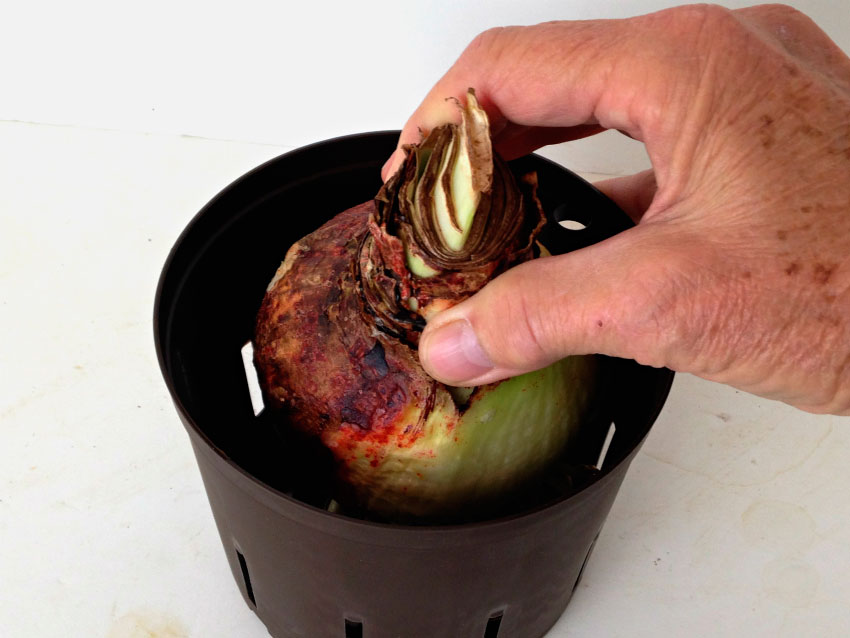
Bulb planting - The earth around the flower is neatly compacted.
- The plant is watered with soft water at room temperature.
As a new container, it is recommended to use a deep pot, the diameter of which will be 3-4 cm larger than the bulb.
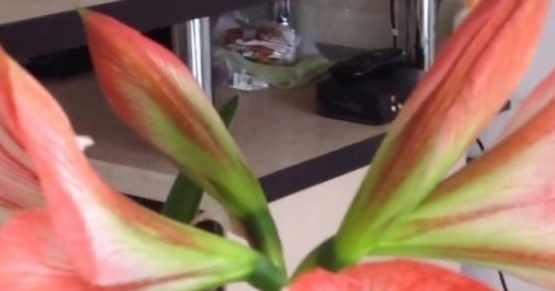 You may be interested in:
You may be interested in:Common Growing Questions
Amaryllis is a flowering ornamental culture that even an inexperienced gardener can easily grow if the basic rules are observed - it is regular gentle watering without flooding and good illumination without direct sunlight.

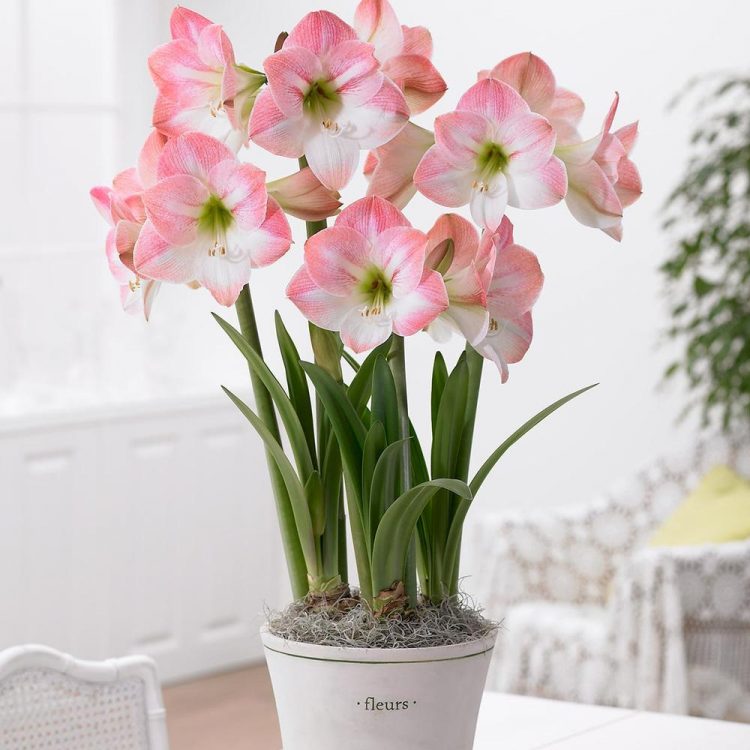
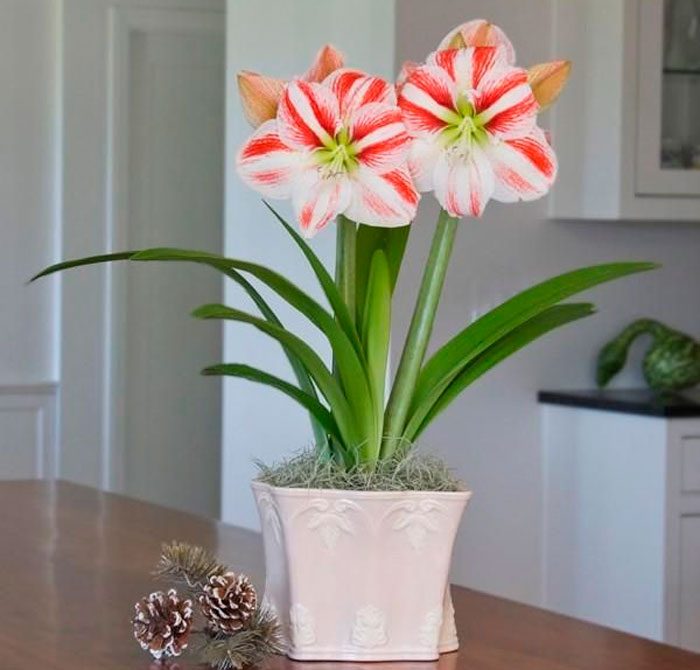
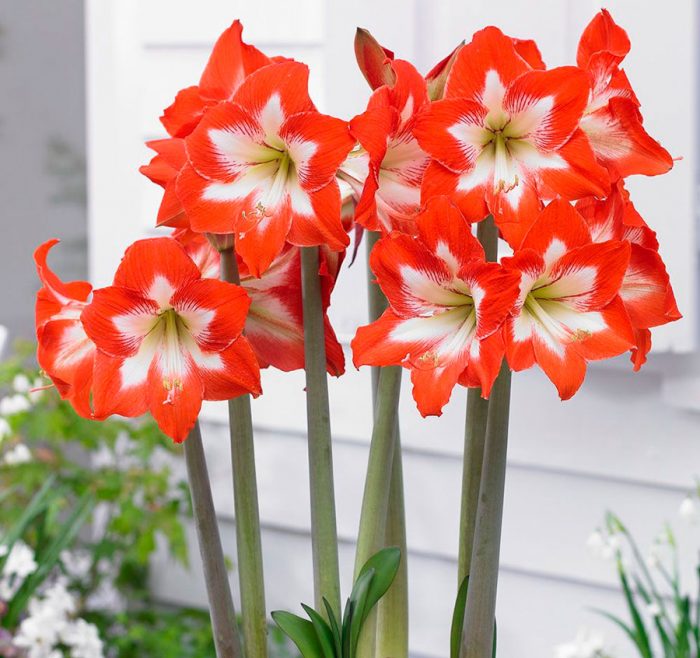



 Sow in the ground, without seedlings: 10 beautiful and unpretentious flowers
Sow in the ground, without seedlings: 10 beautiful and unpretentious flowers Platicodon planting and outdoor care
Platicodon planting and outdoor care Hosta - planting and care in the open ground in the Urals
Hosta - planting and care in the open ground in the Urals Oleander - care and growing at home
Oleander - care and growing at home